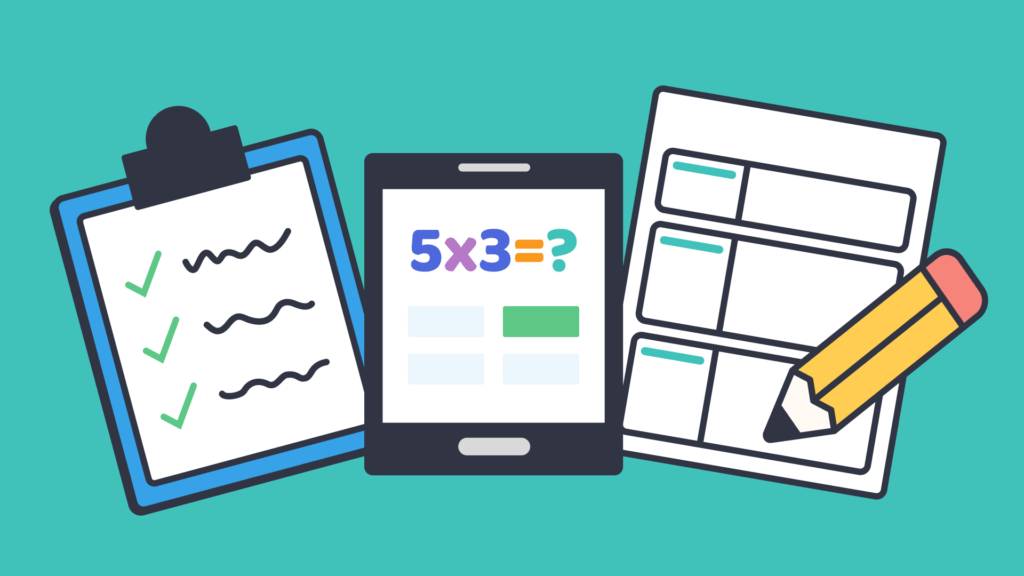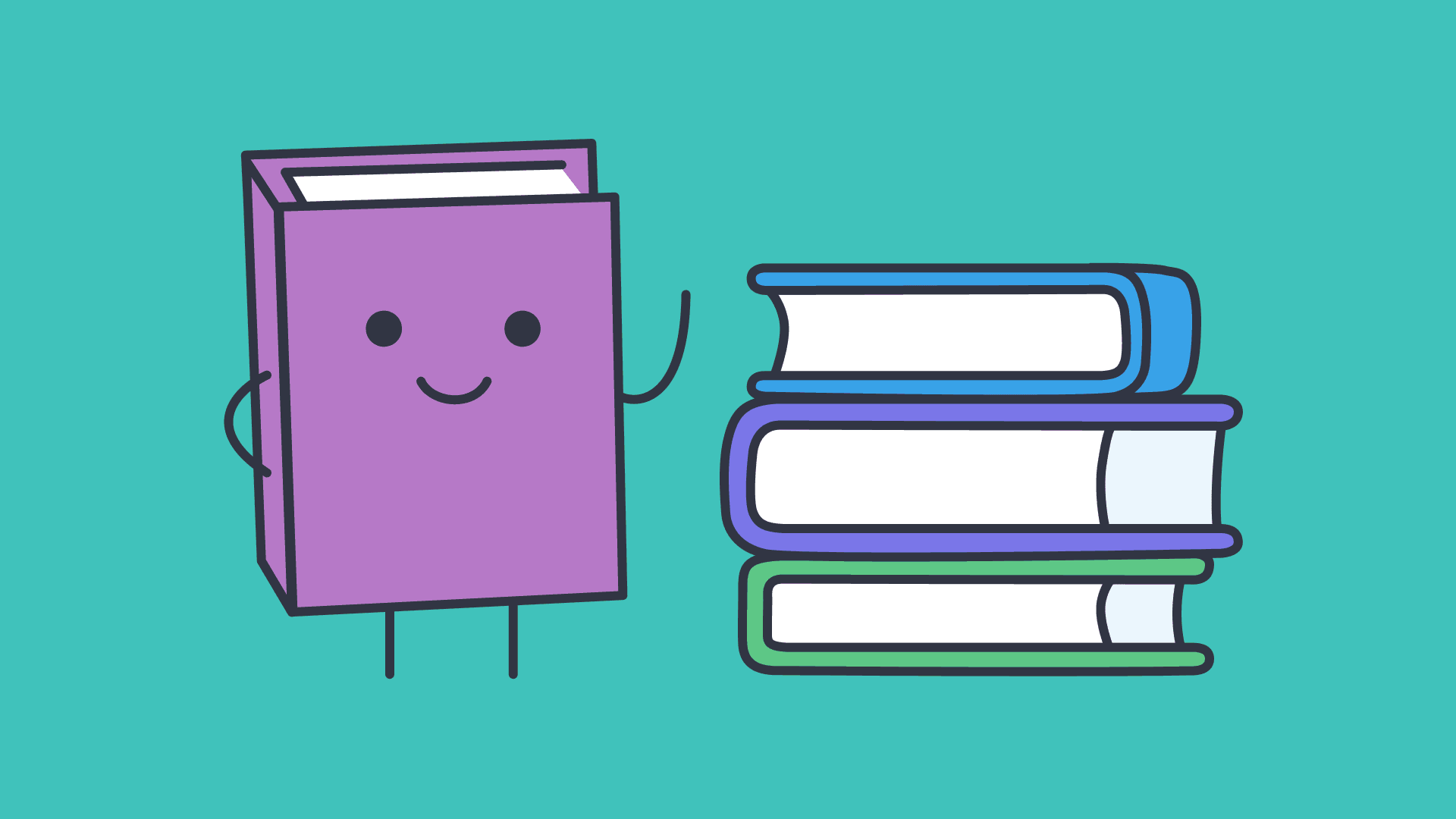A guide to differentiated learning strategies and teaching methods
In this guide
- What is differentiated learning and why does it matter?
- Key principles of effective differentiation teaching strategies
- Practical strategies for differentiating instruction in a primary classroom
- Using technology and adaptive tools to support differentiated learning styles
- Assessing student progress in a differentiated learning environment
As teachers and educators know, for every new set of students we meet, there are going to be a diverse range of needs, a variety of learning styles, a vast array of interests alongside any number of abilities. This is what makes our job so interesting, no two days are the same!
However, it can also be a challenge to adapt and modify our lessons to suit the needs of every individual learner. To do this, we must be able to quickly and easily create differentiated lessons, so that every student in our classroom can access the learning at their own level, in a learning style that is suited to them.
This blog will delve into what differentiated learning strategies are and why they matter, the key principles of differentiated learning strategies, and also some practical strategies you can use in your classroom, including using technology to aid in differentiation.
What is differentiated learning and why does it matter?
Differentiated learning is the idea that you tailor your lessons, activities and approaches so that every learner in your classroom can access the information at their own level, and, within reason, independently.
Throughout my ten years of teaching, I have had classes that vary from most being able to access the learning in the same way, through to me having to differentiate the activities up to six or seven different ways. By doing so, you are creating equal opportunities for learning for your students, despite the fact that they may be at different starting points, with differing learning profiles, and varying abilities.
By making small adjustments to your delivery, approach, and outcomes of your lessons, it means that all students have the opportunity to succeed, in a way that is accessible for them. This is incredibly important, not only because it means that your students can do the work, but also because by meeting their needs in this way, you are showing them that they matter. You boost their self esteem, their confidence, and their belief in themselves, because they are experiencing success in your lessons.
In my experience, behaviour in the classroom is also greatly improved if all students can access learning that meets their needs. If students who are low attaining feel like they can’t do it, they will play up! If high achievers are bored and not suitably challenged, they will act out!
By ensuring that all learners are accessing an activity that they understand and can participate in without too much adult intervention, you are actually making your life easier in the classroom. It just takes some careful planning, but it is definitely worth it in the long run.

Key principles of effective differentiation teaching strategies
There are a number of key principles that will make your differentiated learning strategies effective:
1) Achievable tasks
The tasks that you are giving to your students need to be accessible for them. Sometimes in practice, this can mean creating a different worksheet with a wordbank, or sometimes it can mean that a child with special educational needs is simply matching pictures to words.
As a teacher, you will need to know the level of your students extremely well, because the tasks need to be designed so that they sit just on the edge of their current ability, therefore phishing them to learn something new in an accessible and achievable way.
2) Flexibility in your groups
I have been in some classrooms where the highest achieving students sit in one place, all together, all the time, and the lowest attaining students sit in the same place, with the same people, all the time. This can create an atmosphere in your classroom where those students who may struggle academically know who they are, and they can become despondent and apathetic towards their learning.
In my experience, it can be so much more successful if your groups are flexible and dynamic. For example, some students who may need more support in number in math, may excel in geometry. If this is the case, swap the groups around regularly, so that all students are able to excel in all areas.
3) Regular use of formative assessment
As a teacher, you should be aiming to regularly use formative assessment tools such as quizzes, observations, and informal check-ins with your students so that you can plan your support and differentiation to suit the needs of all of your learners.
In addition to this, self assessment can be amazing! Train your students to let you know in some way how they are finding their learning. You can do this by asking them to show you with thumbs up, middle, or down, at any point during a lesson. Another way is to ask your students to put their book in a specified pile at the end of a lesson. You can then mark your books in groups, and target any intervention or additional support for those learners that feel like they need it.
Practical strategies for differentiating instruction in a primary classroom
Let’s delve into some practical strategies you can use in your classroom right away to begin implementing differentiated learning. Admittedly, some of these ideas will mean you spending more time preparing your lessons, but, as previously mentioned, it can greatly improve behavior in your classroom, not to mention your students are more likely to be able to make accelerated progress, because they are able to achieve their learning independently.
Practical strategies for Math lessons
1) Use of manipulatives
Any lesson that requires counting, addition, subtraction, multiplication or division can be differentiated by offering the use of manipulatives. Resources such as Numicon, counting cubes, base 10, Cuisenaire, counting frames etc , can support students who still need to be able to understand their math learning in a physical way.
I like to train my students to be able to access these resources independently if they feel like they need them to support their learning. Ensure your resources are accessible in your classroom, and regularly remind your students that they can use these things to support their learning if they would like.
Not only does this promote independence, but it also improves the metacognition of your students, which is extremely important for a successful 21st century classroom.
2) Differentiate your input
Sometimes it may be necessary for you to offer different inputs for your students. Perhaps some students need to go over a strategy for addition again, while another group of students need to move onto some reasoning and problem solving questions. I have found that a way to make this successful is to start one group of students off with an activity they can access completely independently. This could be something as simple as writing in 5s on a whiteboard, or perhaps recapping some recent learning.
While one group starts an independent activity, you are free to offer an input to another group of students. Once they begin their activity, you can then tailor your input for your second group of students.
In this way, you are able to meet the needs of all of your learners in the classroom, so that those students who aren’ quite ready to move on in their learning have the chance to consolidate, and those who are ready to move on can continue to be suitably challenged.
3) Practical strategies for writing
In my experience, writing can be the area of learning that requires the most intense differentiation in order for your students to be successful independently. If you do not differentiate your writing activities, some individuals will need a lot of adult intervention, which means your teaching assistants can often be tied up to a particular group of students.
4) Word banks
Sometimes, a wordbank might be all your students need to be able to be successful. These can be made quickly and easily and you can tailor them so that they are specific to your lesson. For example, if you are working on a piece of descriptive writing, a word bank of adjectives can be an excellent tool for those learners whose vocabulary might be limited.
In the same lesson, you could challenge your more able student to use a thesaurus to add more varied vocabulary to their writing!
5) Sentence frames
Sticking with the example of descriptive writing, sentence frames can be a fantastic scaffold for those students who are still struggling to be able to write a full sentence independently.
A sentence frame can look like this:
The ______________ mountain towered over the ________________ forest.
Your students can then read this sentence frame, choose appropriate adjectives to fill the gapes, and then rewrite the whole sentence into their books.
Depending on the speed at which your students work, 5 or 6 sentence frames can be enough for them to be able to keep working independently for a whole lesson.
6) Word and picture matching
Perhaps you have some learners in your classroom who have additional needs, or maybe some have English as an additional language? In this case, perhaps for the same lesson you can offer some pictures and words for them to cut out and match appropriately.
By creating these activities, you’re facilitating all of your students to be able to access your lesson at a level that suits them. This then frees you and any other adults in your classroom to work with a specific group of students, meaning you can target their learning to encourage accelerated progress. With careful planning, you will be able to work closely with each group of students at least once a week, while the rest of your class continue their work independently.
All of these strategies can of course be adapted for any lesson in any curriculum area!
Using technology and adaptive tools to support differentiated learning styles

We are extremely fortunate to be teaching in an era that has access to some amazing technology tools! I can recall some days where, without the use of a laptop or a tablet in my classroom for certain learners, I would have felt stuck and not been able to differentiate appropriately.
During any writing lesson for the first few months, for example, with a particular class of 7 and 8 year olds, I had one learner who was still learning his sounds. The only way that he could work independently, and the only way that he would remain engaged, was if I set him up to play phonics games on a device!
Of course, sometimes he worked with an adult, and sometimes he completed phonics activities in a more practical way, but the use of technology can really aid in promoting independence in your classroom. There are a vast array of phonics, writing, math and foundation subject games online that you are sure to find useful in your primary classroom!
Another fantastic tool I have utilized a lot is called Communicate in Print. This is a paid subscription, but in my opinion it is worth every penny because it means that you can quickly and easily create symbols and widgets for every lesson, tailored specifically to the learning you are doing.
The little symbols make it so much easier for students who are new to English, students who are still learning to read and students with additional needs to be able to access all of their learning independently.
The last technology tool that I have utilised regularly is the voice to text function on an iPad or similar tablet. We managed to set up a few tablets for each classroom so that the voice to text generated a word document that the student can then print easily. This enables learners who find the act of writing tricky to still be able to participate in creative writing lessons, sharing their ideas and honing their creativity.
When used respectfully, technology can really enhance the learning opportunities in your classroom for all types of learners, promoting creativity, independence and, most of all, enabling your students to be successful.
Assessing student progress in a differentiated learning environment

In my opinion, assessing your students in an environment that promotes differentiated learning is no different to assessing your students in any other sort of learning environment. The best assessment takes many forms, both formative, and summative.
Of course, some students may not be able to show their knowledge and skills during a summative assessment, so it is important for you as a teacher to use both forms of assessment to make your judgments of your students.
Some way that you can make assessment accessible for more of your students:
- Use visual prompts,
- Tailor your questions to suit your learners,
- Use a variety of assessment methods, such as quizzes, games, polls and observations,
- Use self and peer assessment as a tool for students to be able to reflect on areas for development for themselves and their peers.
By taking some extra time to carefully plan for and create differentiated resources for your lessons and activities, you are ensuring that you are meeting the needs of all of your students, and creating learning opportunities for them that meet them where they are. This is sure to result in a calmer and happier classroom, independent learners with excellent metacognition, and good progress for all learners.

Ruth Litchfield
briefcase iconEducator & Education Content Creator
Ruth is an experienced primary school educator of over a decade, and an Educational Content Creator. She specialises in creating fun and engaging activities that require minimal resources and cover multiple curriculum areas.
Other posts
Want more content like this?
Subscribe for blog updates, monthly video releases, trending topics, and exclusive content delivered straight to your inbox.















